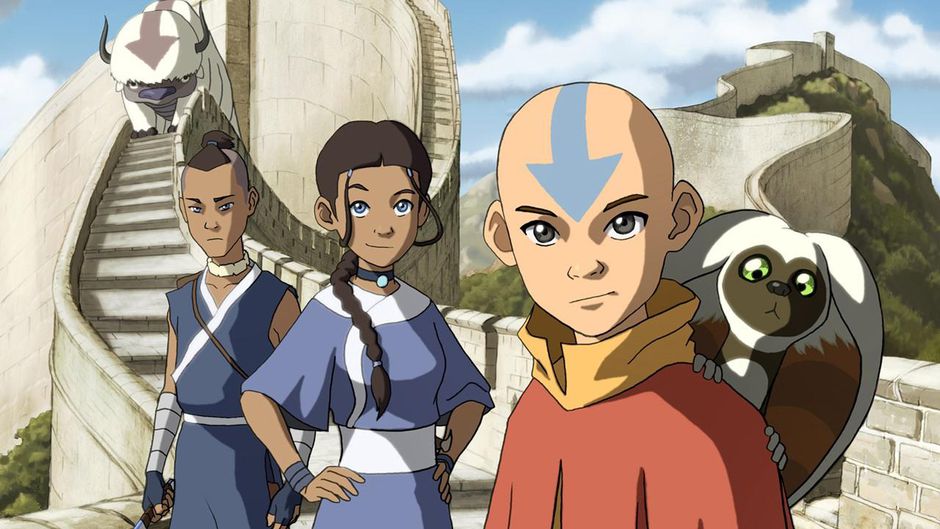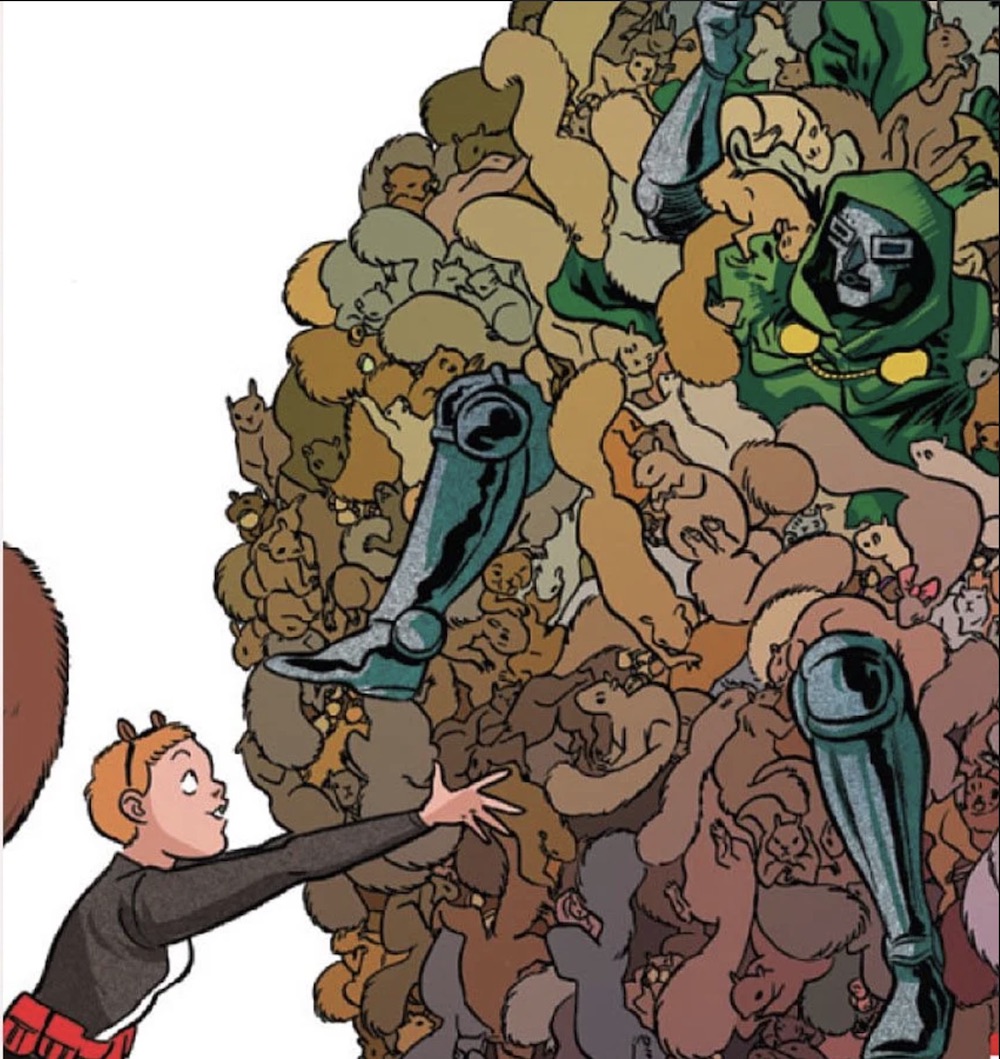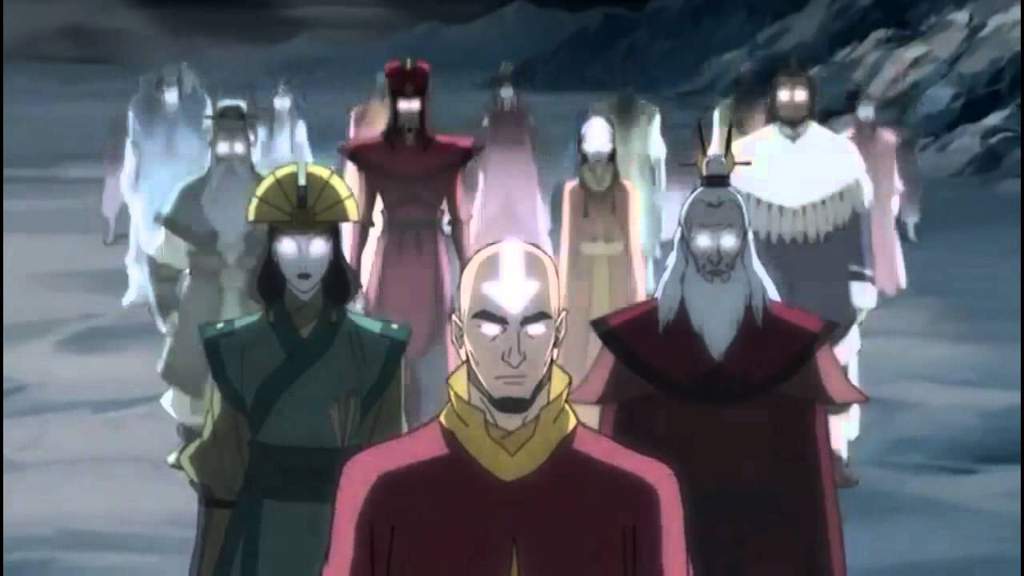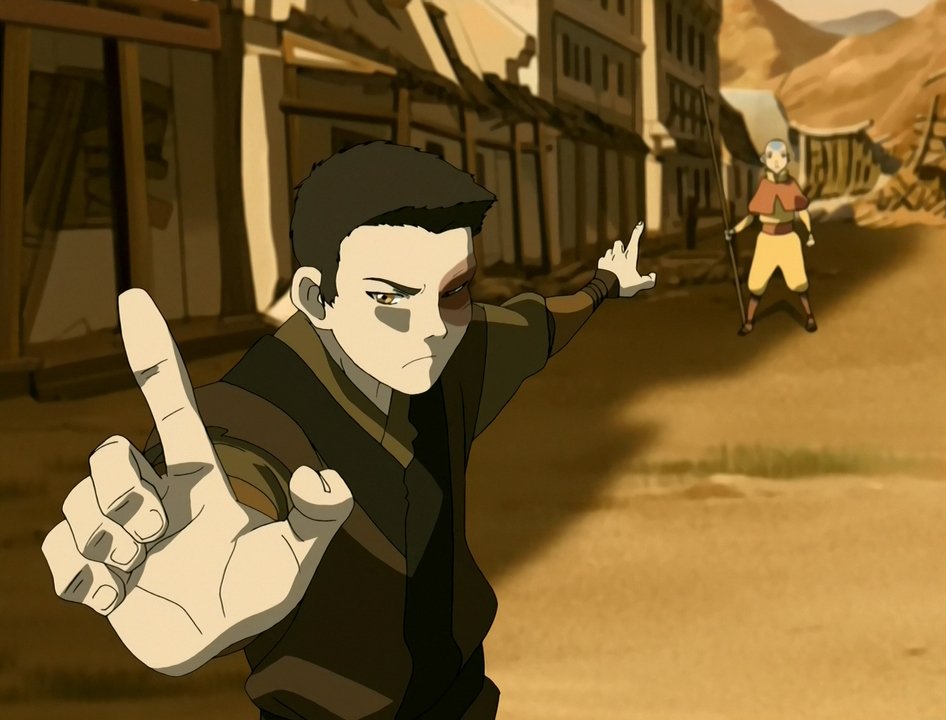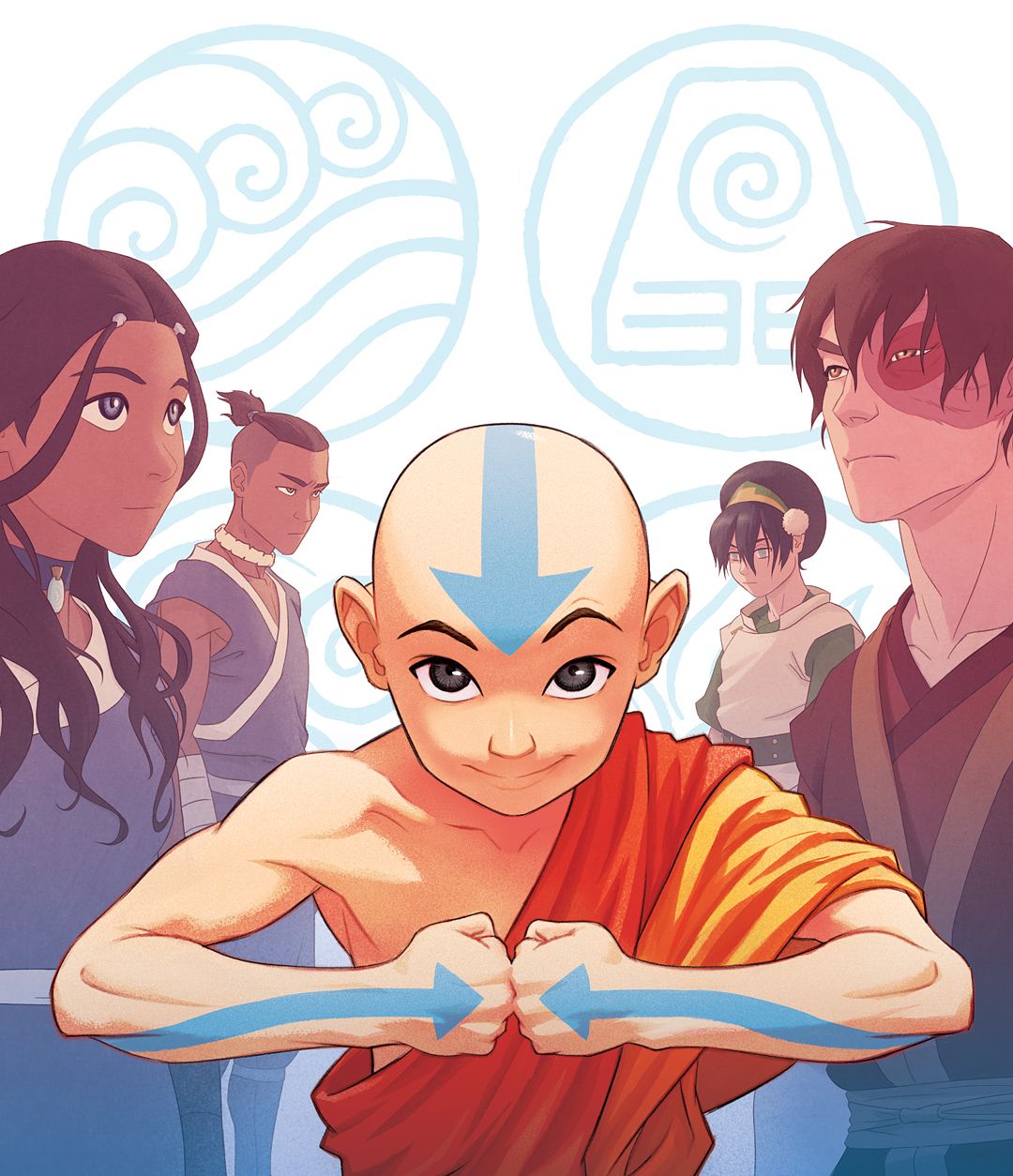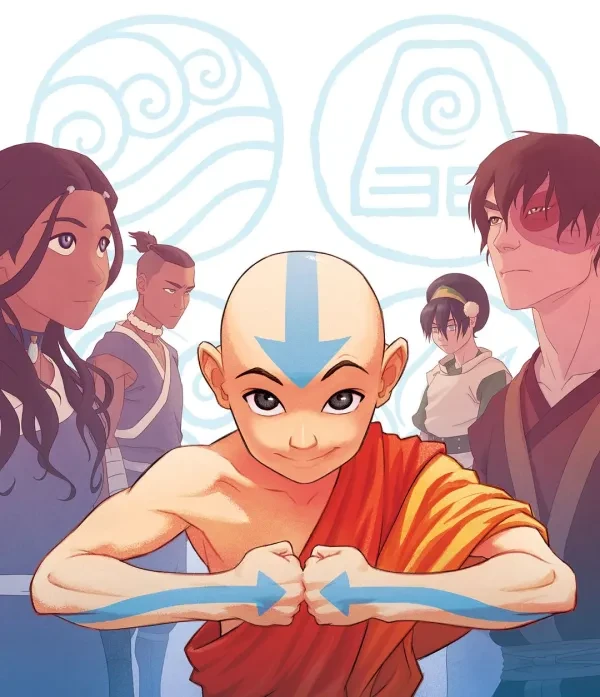
For all of Avatar: The Last Airbender’s considerable strengths, its cast of deep, complex characters was always its trump card. But which of those characters is the best? Truthfully, trying to decide on the best character is like choosing between children...but we did it anyway! Here are our ten favorite characters from the show, in order:
10. Ty Lee
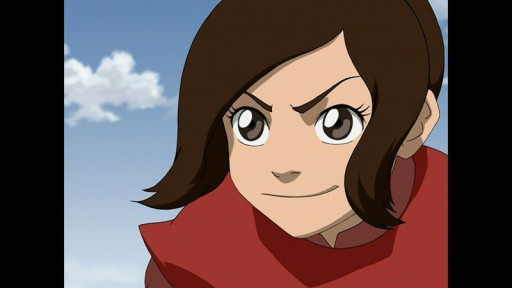
One third of Azula’s band of Avatar-hunting mercenaries, Ty Lee joins the chase after leaving her life as a circus performer. She’s kind and outgoing, and spends the most time out of any character doing handstands.
What’s great about Ty Lee:
- As non-benders go, she’s a force to be reckoned with. Her acrobatic fighting style and ability to paralyze her enemies and prevent them from bending through chi-blocking is a devastating combination.
- Ty Lee doesn’t get much in the way of characterization until “The Beach,” but what little she does get paints an interesting picture: growing up with six sisters made her long for individuality, and what better way to find that than joining the circus? She never felt truly evil, and her betrayal of Azula at the boiling rock confirms that.
- The finale gives her one of the better side-character resolutions, as she leaves the Fire Nation to join the Kyoshi warriors. After living her life hoping to stand out, spending time with the warriors in prison apparently shows her that it’s okay to blend in.
9. Appa
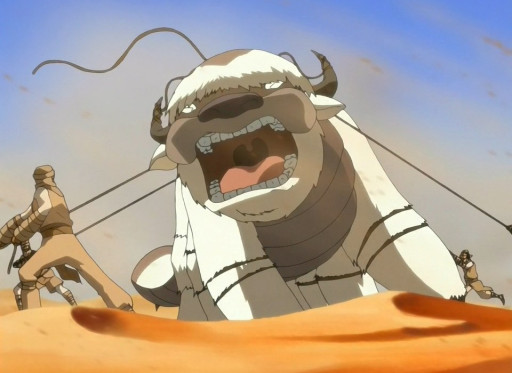
It’s a testament to the writing in A:TLA that a six-legged, arrow-headed flying bison can be a more interesting character than most humans in other shows. (It’s also a testament to the really, really small main cast of A:TLA.)
What’s great about Appa:
- Honestly, Appa might have had some of the strongest relationships in the series; Aang and the rest of the team react to losing him as if he were family, and even Momo mustered up some emotion when he went out searching for him. Perks of being a pet bison, I suppose.
- In what’s almost certainly the best bison-focused episode of any TV show ever, “Appa’s Lost Days” answers a question the Gaang has been struggling with: Is Appa okay? Unfortunately, the answer is no—and in showing us why not, A:TLA provides a heartbreaking look into Appa’s feelings.
8. Suki

Although we meet her early in the show’s run, Suki unfortunately only becomes a Team Avatar mainstay in the final handful of episodes. In sporadic appearances during the interim, she fights with the Kyoshi Warriors, a team of female warriors who travel throughout the earth kingdom.
What’s great about Suki:
- It’s easy to forget, but Sokka was super misogynistic at the beginning of the show. It wasn’t a great look. We have Suki to thank for pummeling that out of him early on.
- In a rare starring moment, Suki manages to hold off Azula, Ty Lee, and Mai in “Appa’s Lost Days” so Appa can escape—but she’s eventually beaten and imprisoned. It’s a pivotal sacrifice, and it’s a shame that she wasn’t given more screen time.
- She escapes from a prison inside a boiling lake by instigating a prison riot, parkouring off people’s heads, scaling a tower, beating up a bunch of guards, taking the warden hostage, and fighting off Ty Lee, who’s like ten guards put together. So, uh, yeah. Pretty neat stuff.
7. Toph
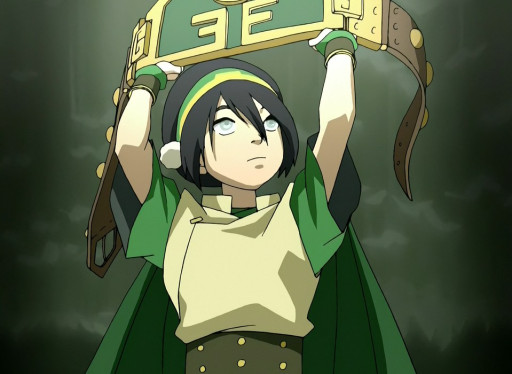
What’s great about Toph:
- The show doesn’t delve into her backstory quite as much as other characters’, but it’s not for a lack of quality: Toph’s desire to escape her sheltered lifestyle fits perfectly with a cast of characters looking to make their own way in the world.
- She may be gruff and abrasive, but Toph might be more in touch with her respective element than any other character. Having learned to “see” and earthbend from badgermoles, the original earthbenders, Toph accomplished the same feat Aang and Zuko did in “The Firebending Masters” long before anyone else.
- In the history of television, there’s rarely been a funnier running gag than Toph’s blind jokes.
- Compared to most of the cast, she’s a bit lacking in the growth department, and that holds her back. To be sure, she’s an excellent character—she’s just up against one of the most loaded lineups we’ve ever seen.
6. Iroh
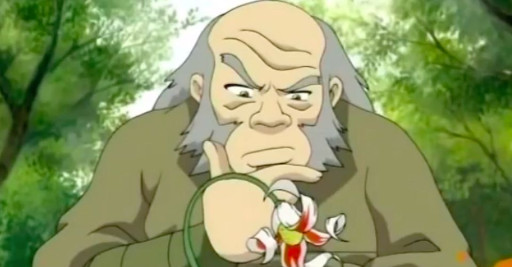
What’s great about Iroh:
- The show peppers in tiny details throughout its run that tell us who Iroh has always been: a picture of him with playing with baby-Zuko and Lu Ten (his son) in “The Beach” and his sparing the dragons as revealed in “The Firebending Masters,” to name a few.
- Rather than take charge of Zuko’s journey, Iroh generally supports the decisions his nephew makes, helps him clean up after his mistakes, and gives Zuko the responsibility of deciding what he should be. He has faith in Zuko to come to the right conclusion—and that’s exactly what Zuko needed, whether he knew it or not.
- Unlike most other characters—and even more so than Toph—Iroh’s largely a finished product by the time we meet him. That’s not a bad thing, of course, but it does keep him below other characters who bring more growth and dynamism to the table.
5. Sokka
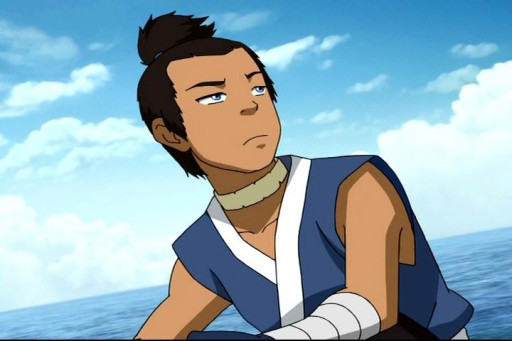
What’s great about Sokka:
- A lot of kids’ shows tend to depict comic-relief characters as bumbling, one-dimensional morons. While he has his fair share of moments, Sokka’s pragmatic approach and top-notch abilities as both a fighter and strategist make him a great leader, too.
- There aren’t many instances of Sokka and Katara expressing how much they love each other outright, but one sticks out in particular: in “The Runaway,” when Sokka confesses to Toph that Katara’s face has replaced their mother’s in his mind. It’s a moving way of showing how highly he thinks of his sister.
- Even if it didn’t translate to a great (or bad, for that matter) episode, the idea behind “Sokka’s Master”—the feelings of inadequacy that come with being the only non-bender—was definitely worth exploring. Also, the meteorite sword is a perfect weapon for Sokka: not the most powerful, but unlike any other.
4. Azula
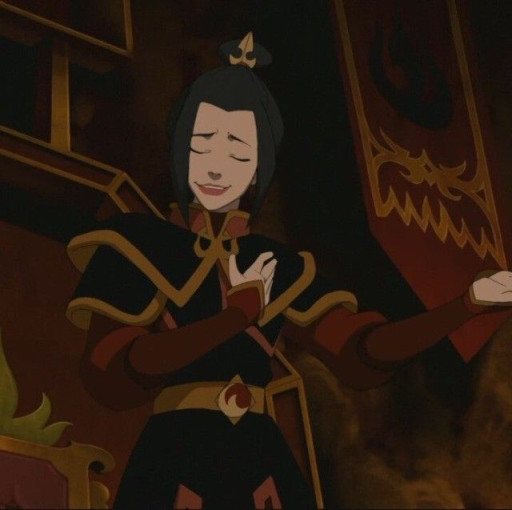
After Zuko and Iroh part with the fire nation navy in “The Siege of the North,” Princess Azula, Zuko’s younger sister, takes over as Avatar-hunter-in-chief in season two. She’s more callous and composed than her older brother and was always their father’s favorite—and she never misses an opportunity to remind Zuko of that.
What’s great about Azula:
- Firelord Ozai may be A:TLA’s ultimate big-bad, but he largely sticks to the shadows; Azula spends most of the series as the face of the enemy. The time we spend getting to know her makes the fear she instills much more real and intimate, and it makes her more compelling—a Vader/Palpatine-type situation.
- In spite of her sociopathic tendencies, on rare occasions, we see tiny shreds of humanity. “The Beach” explores some of Azula's emotional baggage, as she admits that she’s jealous of Ty Lee’s sociability and hurt by her mother’s preference for Zuko. Enough to make her tragic? Probably not—but it’s one of the only reminders we get that she’s not a completely emotionless cyborg.
- The end of her story looks a lot like the beginning of Zuko’s: she’s haunted by premonitions of her mother and the abandonment of her family and friends, and getting what she’d always wanted—in her case, being crowned new firelord—still leaves a void in her heart. Their duel in the finale is a clear indication that the two have switched places.
3. Katara
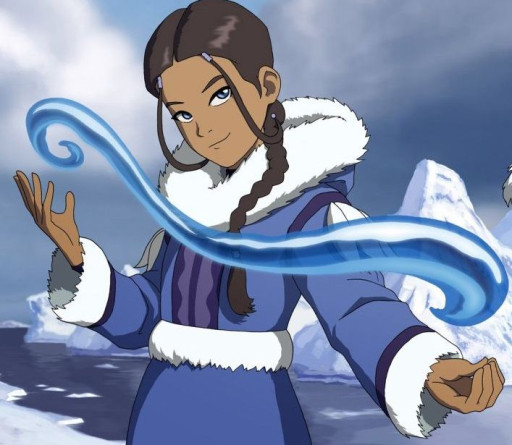
Katara is the Southern Water Tribe’s last remaining waterbender, daughter of Chief Hakoda, and the narrator of the series. Years before the events of the series, the Fire Nation murdered her mother on a raid, and she’s never fully gotten past it.
What’s great about Katara:
- If Sokka is the brains of the operation, Katara is Team Avatar’s heart and soul, the one who holds everything together. Never is that clearer than in “The Desert,” in which she single-handedly leads a blind girl, a pouting preteen, and her tripping brother out of the desert—oh, and she also happens to be the key to managing Aang’s Avatar state.
- As compassionate as she is, Katara’s bad side might be the scariest of any character’s. She largely suppresses her negative feelings and carries them silently—until she comes within an inch of driving them through a man’s face in “The Southern Raiders.” Revealing the intensity of her hatred so little and late in the series makes it even more remarkable that she held herself (and everyone else) together for so long.
- Her bending improves arguably more than any other character’s over the course of the series; in a matter of months, she transforms from novice waterbender into a weather-manipulating demigod.
2. Aang
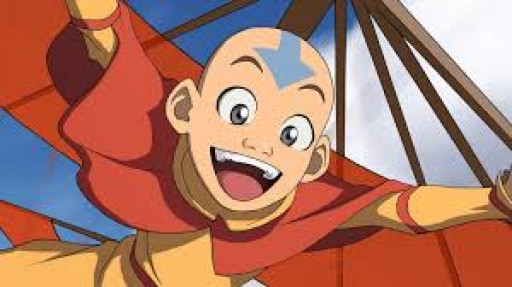
A:TLA’s titular character is a happy-go-lucky pre-teen who’s forced to carry the legacy of an entire culture on his glider. He’s destined to defeat the firelord and restore balance to the world, but he’s mostly content to ride air scooters with his friends.
What’s great about Aang:
- Like Sokka, Aang finds the perfect balance between goofy and serious—but because he’s the Avatar, and his responsibilities far outweigh Sokka’s, everything Aang does carries exponentially more weight. That he still makes a point to find and create joy is a testament to his emotional intelligence.
- Much of what Aang struggles with is rooted in how others perceive him. We learn through flashbacks that being the Avatar negatively impacted his friendships in the past, and after a century-long disappearance, not everyone is enamored with him simply because he’s the Avatar. Rather than reveling in Aang’s hero status, A:TLA meditates on how it made him an outsider.
- Throughout the series, Aang struggles with finding the right balance between his responsibilities as Avatar and his own wants and needs. Like any twelve-year-old, he sometimes struggles with his emotions and knowing what’s right. But when it matters, Aang always puts others before himself, and he knows when to stick to his convictions. It all leads up to an incredible finale in which he realizes that being himself and being the Avatar don’t have to be at odds with each other.
1. Zuko
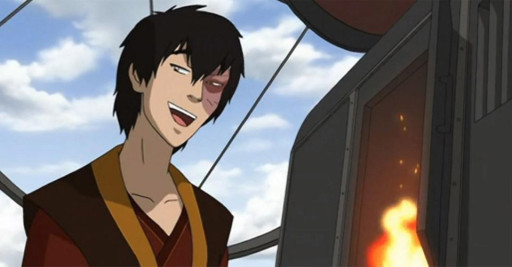
Was there ever any doubt? Exiled prince of the Fire Nation and antihero-turned-no-qualifiers-necessary-hero, Zuko and his struggle to find his place in the world is just as much the focus of A:TLA as Aang’s story.
What’s great about Zuko:
- Even before he and Iroh part with the Fire Nation, there are clear indications that Zuko isn’t just a heartless wretch. Not only does he rescue Aang in “The Blue Spirit,” but he tries to save Zhao, his rival, even after Zhao commissioned an assassination attempt on him. Not award-worthy acts of kindness by any stretch, but important indicators of what’s deep down inside him.
- A major theme throughout A:TLA is balance, and Zuko and Aang are the perfect encapsulation of that yin-yang dynamic; each is fueled by guilt and redemption, and their struggles with who determines someone’s destiny defines their arcs.
- Zuko’s story deals with existentialism and the decision to work toward being better. His turn toward good is a long and arduous process marred by frequent missteps and agonizingly close calls, and when he finally follows through, he has a hard time adjusting to his new identity. It hurts watching him struggle, but it makes the result that much sweeter.
Also be sure to read:
[Top 5] Avatar: The Last Airbender Best Avatars
[Top 10] Avatar: The Last Airbender Best Episodes Worth Watching Again
[Top 10] Avatar: The Last Airbender Best Moments Worth Watching Again


